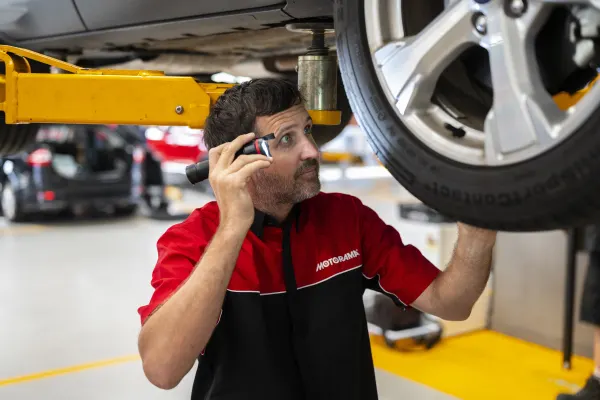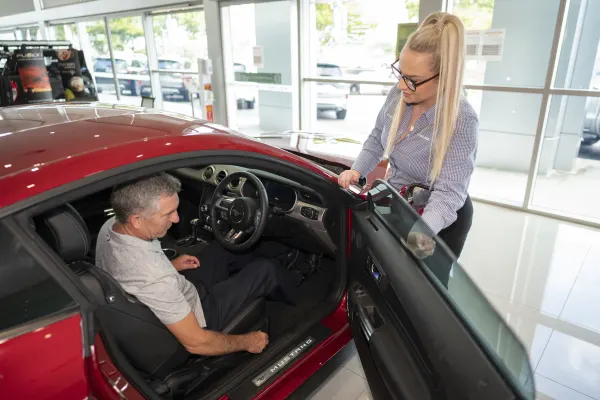
Everything You Need To Know About Steering
Posted in Servicing Insights
Everything You Need To Know About Steering
You don't have to be an automotive expert to learn about systems inside your car. One of the most important - but often overlooked - components in your vehicles is its steering. If your knowledge doesn't extend beyond turning the wheel, take a look at this in depth analysis, and have a chat to your local car service centre experts for more information and assistance.
BASIC COMPONENTS
The majority of the world's cars are made up of the same basic steering components. The first, and most obvious, is the steering wheel. This is connected to the steering system, which connects to the track rod and then the tie rods and finally the steering arms.
The steering system moves the track rod from left to right across the car, while the tie rods connect with ball and socket joints to the track rod, and then to the steering arms. The rods enable suspension moment and can be adjusted to achieve different steering geometries.
WHAT ABOUT THE WHEELS?
An interesting point to note about steering is that your front wheels don't point in the same direction when you turn your car. If both pointed in the same direction you would end up with a loss of grip and an uneven turn.
For a smooth turn, each wheel follows a different circle. The inner wheel follows a smaller radius, making a tighter turn than the larger radius of the outside wheel. This is known as the Ackermann angle.
DIFFERENT STEERING SYSTEMS
There are two main steering systems available in cars today: the pitman and the rack and pinion designs.
Pitman systems have arms with a steering box, and are usually found in older cars and some trucks. In the pitman system, the steering box has a shaft from the steering wheel that goes in and a lever 'pitman' arm that goes out.
Most pitman systems have a dead spot in the middle of the steering wheels, which means the wheel can be turned a small amount before the wheels move. Traditionally, this system gave heavier vehicles a mechanical advantage, but this is less so with the invention of power steering.
Rack and pinion systems are found in most modern cars as it's relatively simple and inexpensive. They don't have the slack association with pitman systems, so they allow a more comfortable drive for users. Unlike pitman systems, once the rack and pinion wears down past a certain mechanical tolerance, it will need replacing completely.
POWER STEERING
The advent of power steering has forever changed the way we drive cars. A rotary-vane pump provides hydraulic power for steering, driven by the car's engine. The amount of power depends on the car's engine speed.
Power steering should assist the driver when he or she is exerting force on the steering wheel by starting to turn it. When driving in a straight line, power steering should not be in effect. The rotary valve senses whether or not force is being applied to the wheel and acts accordingly.
In modern cars, the power-steering pump usually runs constantly even when the technology isn't in use, which can waste horsepower and therefore fuel. It's expected that innovations will address this over the new decade or so in order to focus on preserving petrol.
TROUBLESHOOTING
If you begin to experience unusual steering wheel actions, hard steering or abnormal noises when turning the wheel, head to your service centre. These signals may point to more serious problems like component wear, a lack of lubrication or incorrect adjustments.


